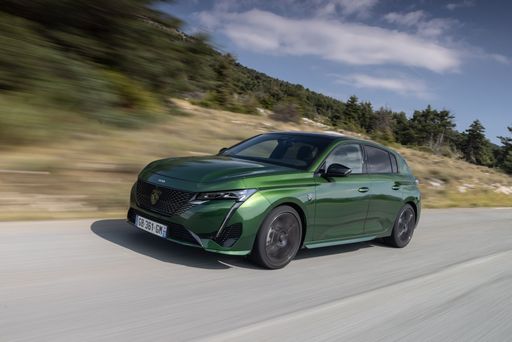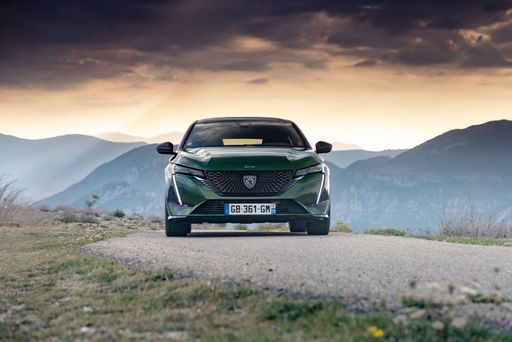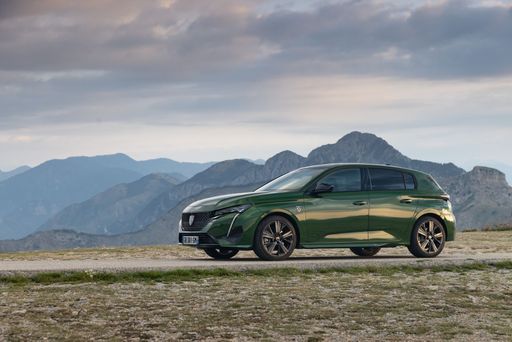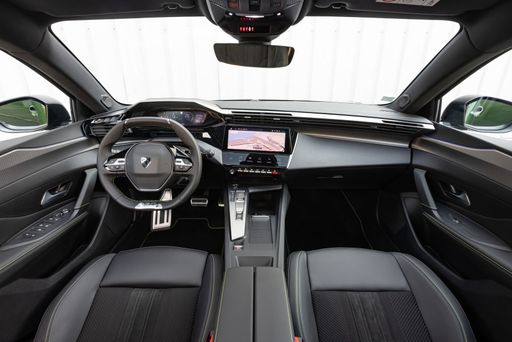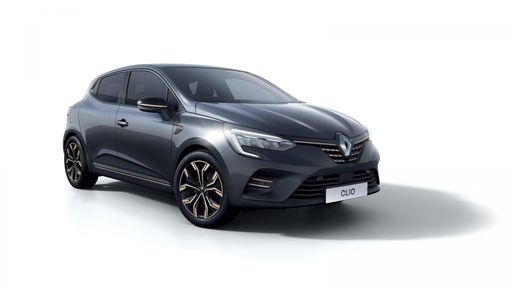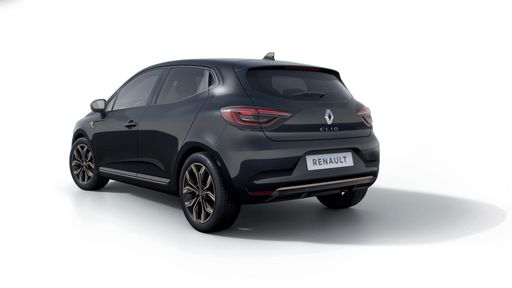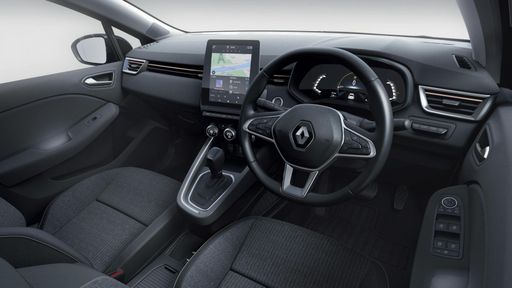Engine and Performance
The Peugeot 308 offers a diverse range of engine types, including Petrol, Diesel, Mild Hybrid Electric Vehicle (MHEV), Plugin Hybrid, and Electric. This variety caters to a wide audience with different needs. For petrol enthusiasts, you can choose from a power range of 130 HP to 156 HP, delivering a robust performance. The plugin hybrid and electric versions come with power ratings of 180 HP and 225 HP, respectively, alongside impressive electric ranges, ideal for eco-conscious buyers.
On the other hand, the Renault Clio is no slouch. It's available with Petrol, LPG, and Full Hybrid engines. The Full Hybrid engine delivers 143 HP with excellent fuel efficiency, boasting a consumption rate of 4.3 L/100km. While petrol variants peak at 100 HP, they still maintain good efficiency with a CO2 rating as low as 97 g/km, making the Clio a sensible choice for city dwellers.

